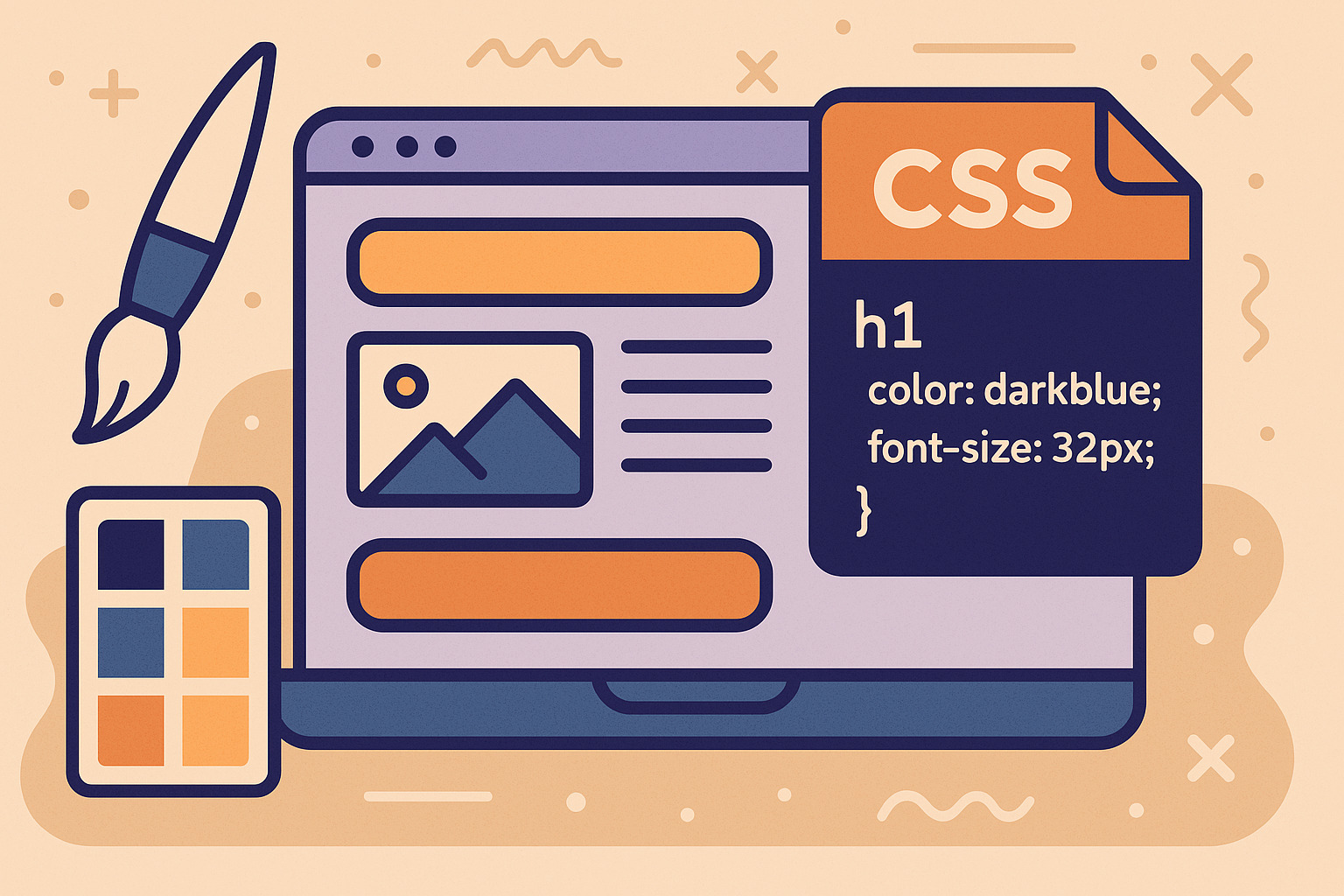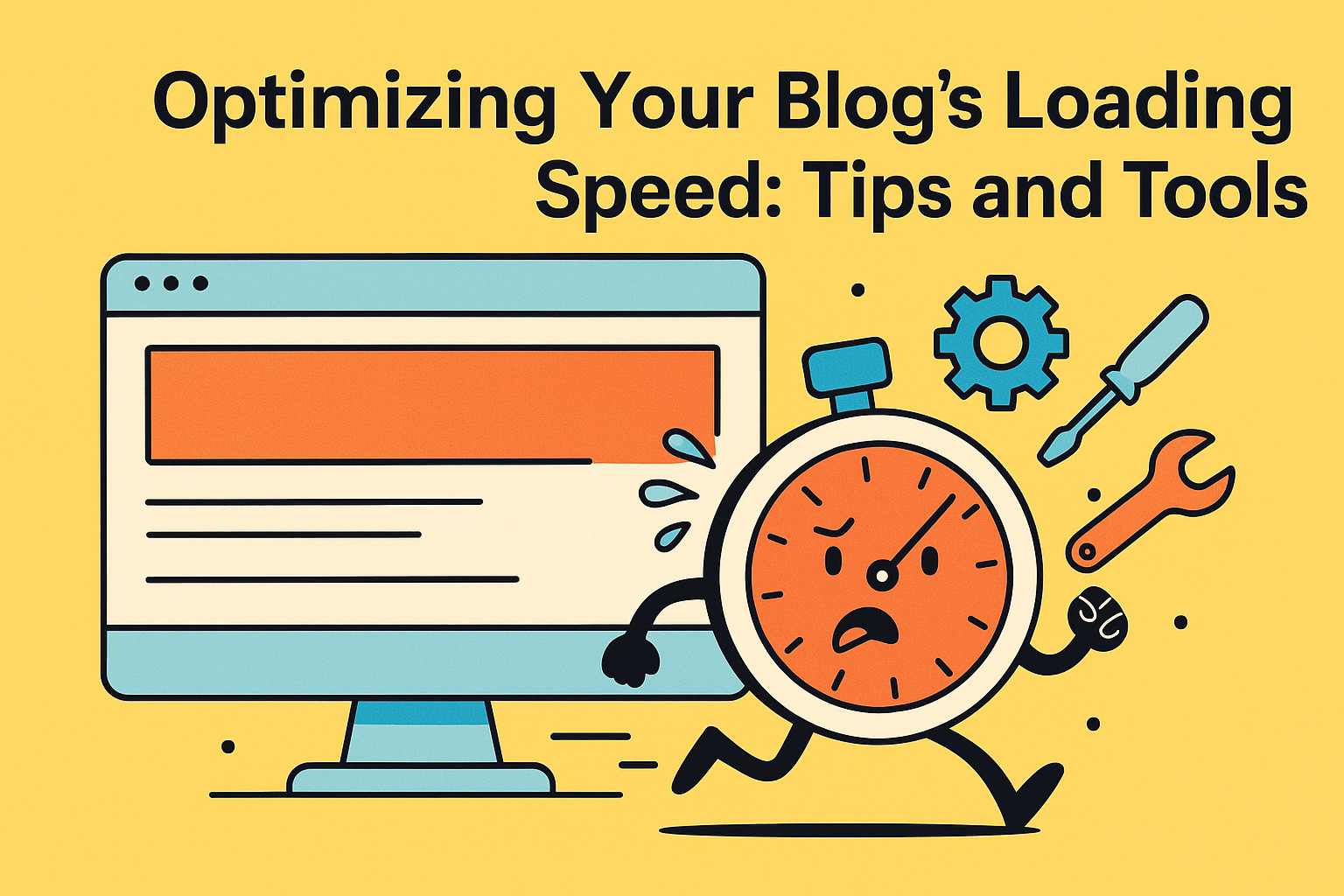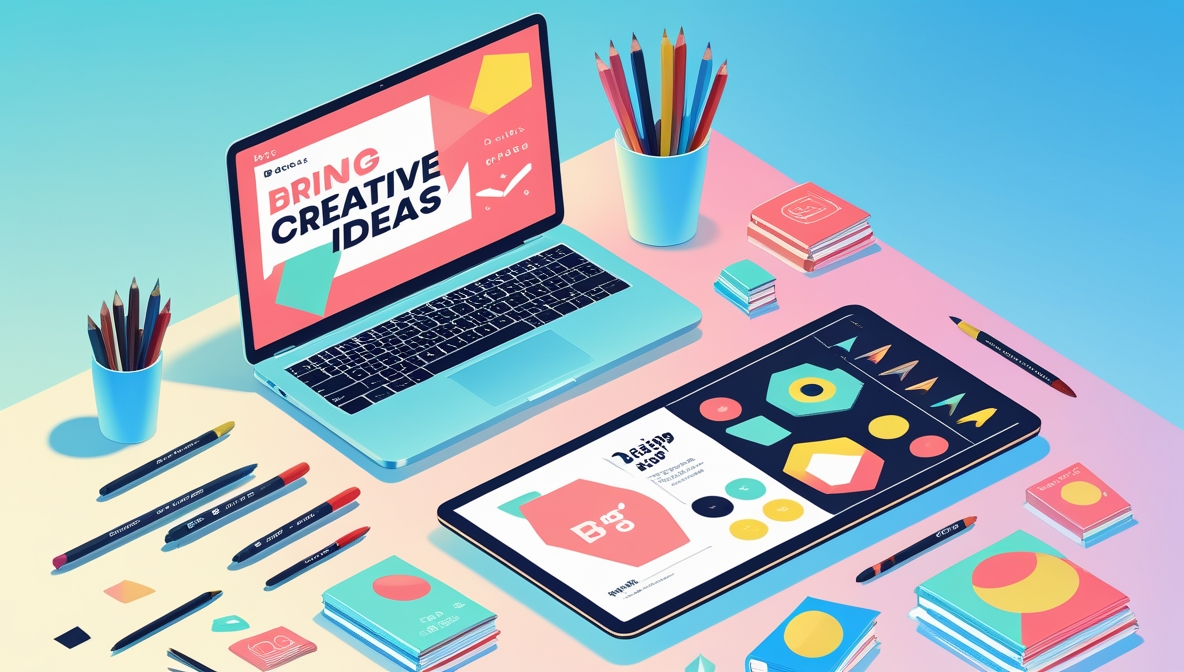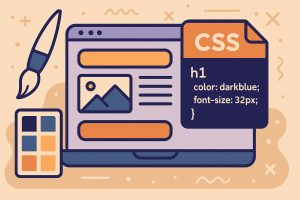Using CSS to Customize Your Blog’s Appearance
Can you change the entire look of your blog without touching the core structure? Yes — with CSS, you control how everything looks, from the tiniest button to the entire page layout. CSS (Cascading Style Sheets) separates your site’s design from its content, giving you full creative power without altering the main HTML.
Why Customize with CSS?
Using CSS offers benefits like:
- Total design control
- Faster page load times
- Easier maintenance
- Better user experience
- Consistent branding across pages
Instead of relying on preset themes, CSS lets you create something that actually feels like your own.
Essential CSS Basics for Bloggers
Before adjusting your blog, know these basic CSS concepts:
- Selectors: Target specific HTML elements (e.g.,
h1,.menu,#footer). - Properties: Define what you want to change (e.g., color, font-size, padding).
- Values: Set how the properties behave (e.g.,
red,16px,20px).
Example:
h1 {
color: darkblue;
font-size: 32px;
}
This snippet changes all your blog’s main headings to dark blue and enlarges them.
Where to Add Your CSS
You can apply CSS in three ways:
- Inline: Inside individual HTML elements.
<h1 style="color: red;">Hello World</h1> - Internal: Inside a
<style>tag in the blog’s<head>section. - External: Linking an outside CSS file, keeping code cleaner and reusable.
For serious customization, an external stylesheet is the best option.
Quick CSS Tricks to Refresh Your Blog
1. Change Fonts Fonts create personality. To apply custom fonts:
body {
font-family: 'Roboto', sans-serif;
}
Pair stylish fonts with readable ones to keep readers engaged.
2. Customize Buttons Make your call-to-action buttons stand out.
.button {
background-color: #ff6600;
color: #fff;
padding: 12px 24px;
border-radius: 5px;
text-transform: uppercase;
}
Small button changes can mean higher click rates.
3. Adjust Spacing Crowded content overwhelms readers. Use padding and margin smartly:
p {
margin-bottom: 20px;
}
Give text room to breathe and improve readability.
4. Set a Color Scheme Choose 2–3 main colors and stick to them. Apply them like:
header {
background-color: #333;
color: #fff;
}
a {
color: #ff6600;
}
Consistency builds visual trust.
5. Add Subtle Hover Effects Interactive elements increase engagement.
a:hover {
color: #0066cc;
text-decoration: underline;
}
Hover animations make the blog feel more polished.
Mistakes to Avoid
- Overusing animations: They distract instead of impressing.
- Too many fonts: Stick to two — one for headings, one for body text.
- Ignoring mobile responsiveness: Always check your design on phones and tablets.
- Heavy CSS: Large files slow down your site. Keep rules clean and minimal.
Best Practices for Long-Term CSS Management
- Use comments to document sections.
/* Styling for the homepage banner */ - Organize your CSS logically (e.g., typography, layout, components).
- Follow a consistent naming system like BEM (Block Element Modifier).
Maintaining organized CSS means faster edits and fewer headaches as your blog grows.
Final Thoughts
CSS gives your blog its true face. With just a few lines, you turn generic into distinctive. Apply smart blog design tips like consistent color schemes, font pairing, and subtle hover effects to build a blog that feels cohesive and personal. Instead of settling for a basic look, craft custom styles that leave a lasting impression on every visitor.














Post Comment